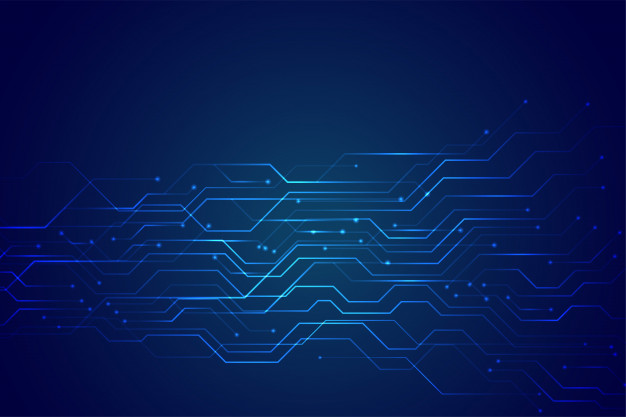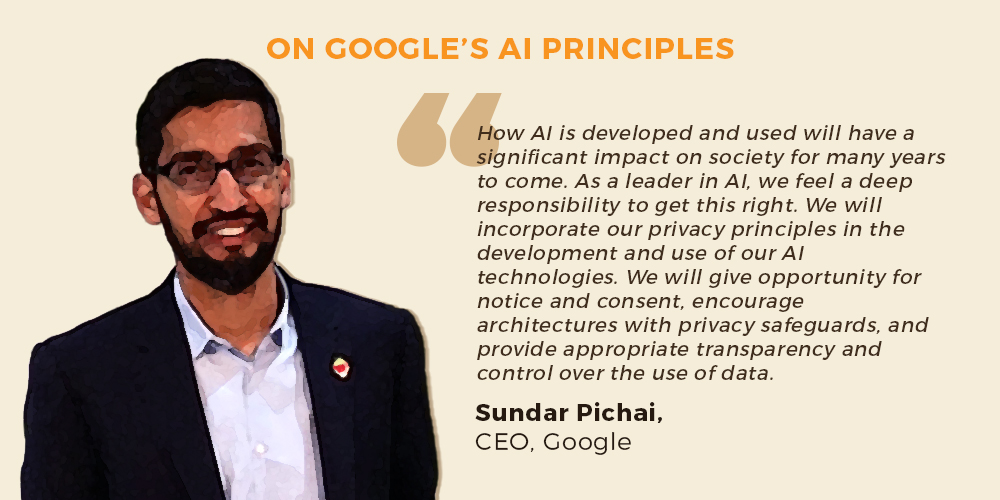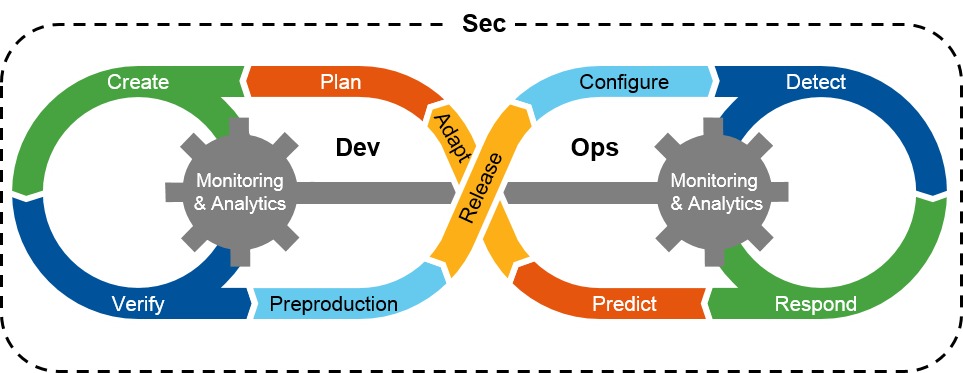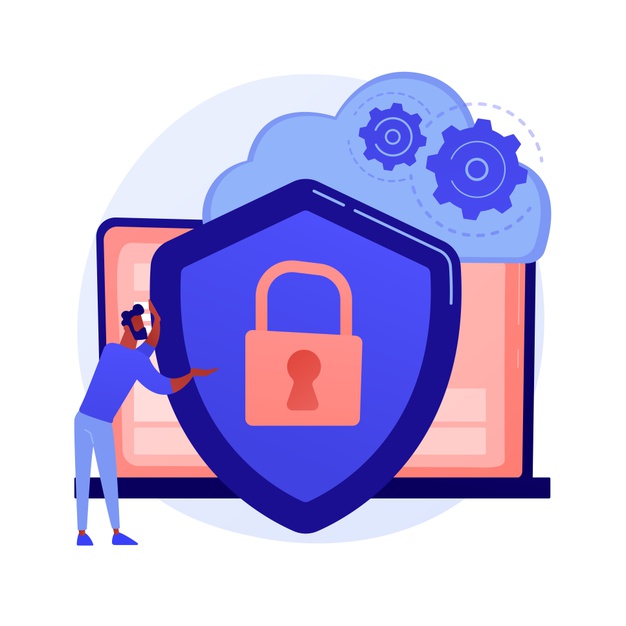
Privacy laws are increasingly getting comprehensive about data protection and the awareness about data privacy among the consumers is on the rise. This means companies must go the extra mile in protecting the privacy of their customers. This blog explores few trends in data privacy for this year.
D’you hear the one about the Englishman, Scotsman and Irishman?
I’ll let you know when I’ve got their consent.
Source: Exonar.com

Around the time GDPR came into effect last year, a number of memes started making the rounds online. A lot of them, unsurprisingly, were about the public’s increasing privacy concerns and the measures corporations around the world are taking to counter these.
Jokes apart, data privacy is no laughing matter. It is possibly the single biggest data-related concern of our times. So what does the future of data privacy look like? Let’s take a look.
Good AI vs Bad AI
The past couple of years have seen an explosion in both the applications of AI and Big Data, and privacy concerns surrounding their use. Experts agree that both of these are here to stay. Earlier this year, a number of technologists including Alan Mamedi (Founder and CEO of Truecaller) and Osama Bedier (Founder and CEO of Poynt) participated in the ET Global Summit on data security. More or less everyone agreed that data security attacks in the future is likely to be AI-led and it would be foolish to try and counter these using rudimentary rule-based systems. As one of the experts put it, “You need to fight an AI attack with an AI attack.”
The forerunners of tech are trying to preempt such concerns by making their AI ‘privacy sensitive’. Google, for instance, has introduced a new module into their machine learning framework Tensorflow to help developers improve the privacy of their AI models. They use a mathematical model to ensure that AI trained on user data cannot encode personally identifiable information in that data.

From DevOps to DevSecOps
Most modern businesses have already adopted DevOps techniques to become more agile, ensure faster time-to-market and build in application stability. The next wave is DevSecOps, which rests on the premise that data security is the responsibility of everyone in software development. DevSecOps introduces security early on the development cycle in order to minimize vulnerability and keep tech closer to the business’ objectives and responsibilities.
Information Security trends
“DevOps has become second nature for agile, high-performing enterprises, but application security was mostly an afterthought,” says Pascal Geenes, security evangelist. “The DevSecOps movement is designed to change this.” When security is factored into the development process and automation implemented from the early stages through security functions like identity and access management (IAM), periodic vulnerability scanning and firewalling, the chances of misuse, mistakes and attacks are minimized. According to Gartner, DevSecOps will be used by 80% of rapid development teams by 2021.

The era of DRaaS
The GDPR mandates that organizations put in place several measures to protect their users’ data from security breaches. This data is especially vulnerable during a breach and in the Disaster Recovery (DR) measures taken afterwards. This is the age of the ‘as-a-service’ model that offers practically anything you need at a fraction of the time and cost it would take you to build it without the hassle of owning and managing the underlying assets.
In the next 12 months, we might very well see a rise in data security industry’s market size, with companies opting for Disaster Recovery offered as a service (DRaaS). According to Network Asia, they may also want to explore self-managed DR—which gives them more control over data security. And if the demand is significant, platform providers may start offering more self-service options to their clients.
At i&i, find skilled IT professionals to perfectly suit your needs.


